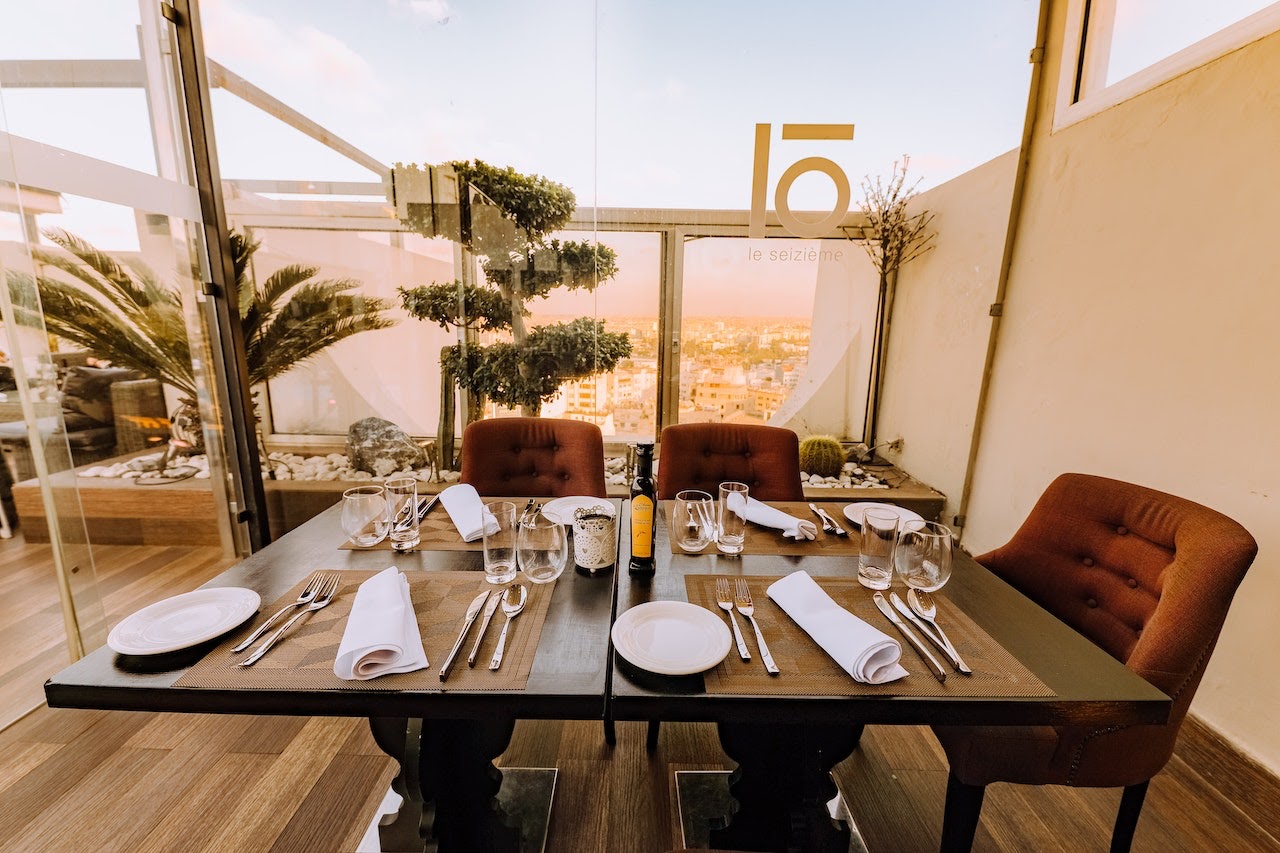Choosing the Right Tables For Your Restaurant: What You Need To Know
Choosing the right tables for your restaurant significantly impacts your guests' dining experience. Each table type communicates a different atmosphere, so it is essential to carefully consider each style and size before making any purchases.

Material
Restaurant tables see a lot of wear and tear daily. They must withstand constant cleaning and quick turnover of diners during peak service times. Choosing a tabletop material that can handle these conditions and be easily refurbished after a certain amount of time is important. Wood and granite are popular options for commercial-grade tables because they provide a classic design and are durable. They are also easy to clean, creating a sanitary environment for customers and staff. Booths are another great option for restaurants because they offer a cozy dining experience for guests. However, they are usually only used for drinks and smaller appetizers because their low height can be difficult for full meals. They also take up much space that can be better used for larger tables or additional seating.
Style
The style of restaurant dining tables you choose can significantly impact the tone and experience your establishment provides. From cozy booths to trendy steel tables, you can find a table design that fits the vibe of your restaurant. For example, if you want to create a casual atmosphere, consider cafe-style seating with low-back booths that allow diners to interact face-to-face and have more privacy. This seating type is popular in restaurants that encourage familiar and new guests to sit together. On the other hand, if you want to create a more intimate space that feels like home, you can opt for round tables with hinged edge drop leaves that can expand to seat larger groups. These restaurant tables are great for a pub or a beer hall focusing on group gatherings. The important thing is to understand your customers' points of view and expectations so you can select a table design that will help deliver an unforgettable dining experience.
Seating Capacity
The type of dining space you have dictates the size and number of tables you'll need. For example, fast food restaurants typically use tables with smaller surfaces since clients tend to eat in small groups and often on their own. The industry standard is 300 square inches of restaurant table room per diner, although this will vary depending on the style of your establishment.
You can increase your restaurant's seating capacity without a crowded environment by picking the appropriate tables. It's important to remember that you should leave at least 4 – 5 feet of space between occupied tables to allow for server movement and guest comfort.
If your dining area is tight on space, booths can provide extra seating while adding a cozy, warm atmosphere. Banquet or long picnic tables can also be a great option for restaurants that want to encourage large groups of people to socialize and eat together.
Budget
In addition to determining the type of tables that work best for your restaurant, you must also decide on a budget. Having a budget will help you track your numbers to know whether you're meeting your goals. You can create a budget using a specialized accounting program or simply by tracking your costs and sales with pen and paper.
Restaurant tables can be purchased in sets with a tabletop and base or individually as separate components. Purchasing the tabletop and base separately allows you to upgrade or replace pieces when needed. The tabletop can be designed to match the overall theme of your restaurant. Booth seating provides a comfortable dining environment for your guests and saves space on the floor as well. It's a great choice for creating a cozy atmosphere for restaurants.
